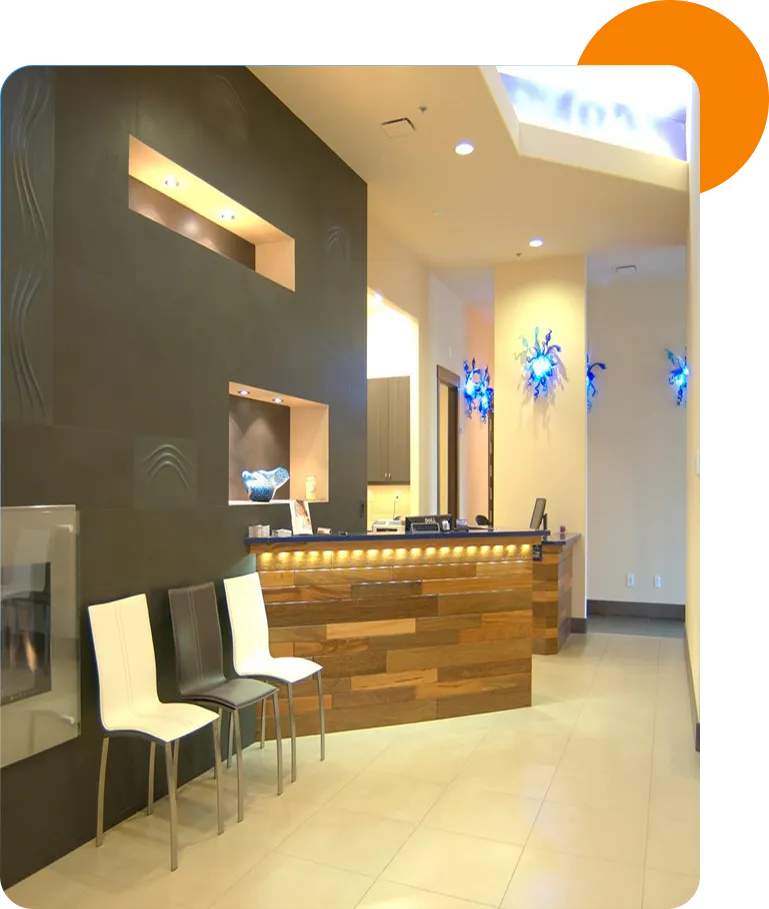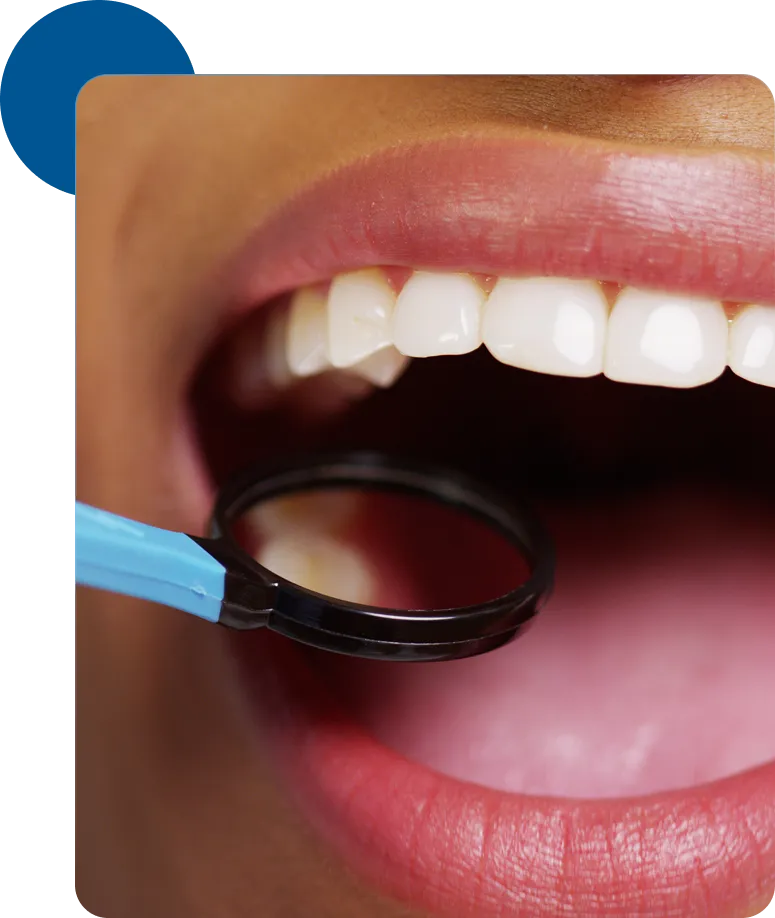Intraoral Camera
Intraoral cameras dentists use are small, approximately the size of an extra-thick marker. Unlike the image of a large, unwieldy device that might come to mind, these cameras are designed for comfortable use in the mouth.
Many dental conditions do not cause immediate pain or have obvious visual signs that are easily visible without magnification. This can make it challenging for patients to comprehend the specific issues leading to a diagnosis. However, intraoral cameras are connected to a TV screen or computer monitor beside the dental chair. This means that the dentist can instantly display what the camera observes. Therefore, if you have concerns such as swollen gums or a broken filling, you and the dentist can be on the same page regarding the problem, even if you are not experiencing discomfort.




